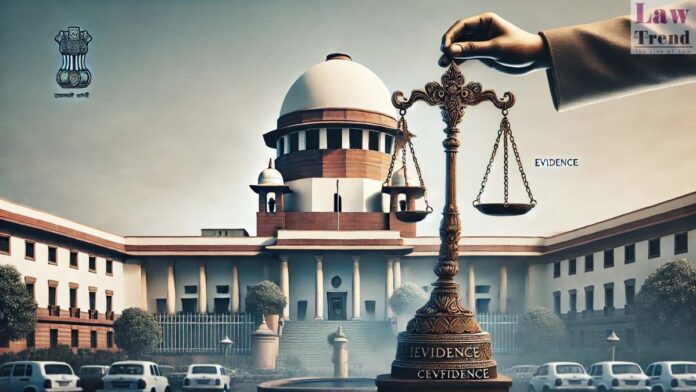The Supreme Court of India has set aside a Jharkhand High Court judgment, restoring the murder conviction and life sentence of two men for setting a house on fire, which resulted in the tragic death of two young children. The Court held that a witness’s reaction to a gruesome incident cannot be judged by a
To Read More Please Subscribe to VIP Membership for Unlimited Access to All the Articles, Download Available Copies of Judgments/Order, Acess to Central/State Bare Acts, Advertisement Free Content, Access to More than 4000 Legal Drafts( Readymade Editable Formats of Suits, Petitions, Writs, Legal Notices, Divorce Petitions, 138 Notices, Bail Applications etc.) in Hindi and English.







